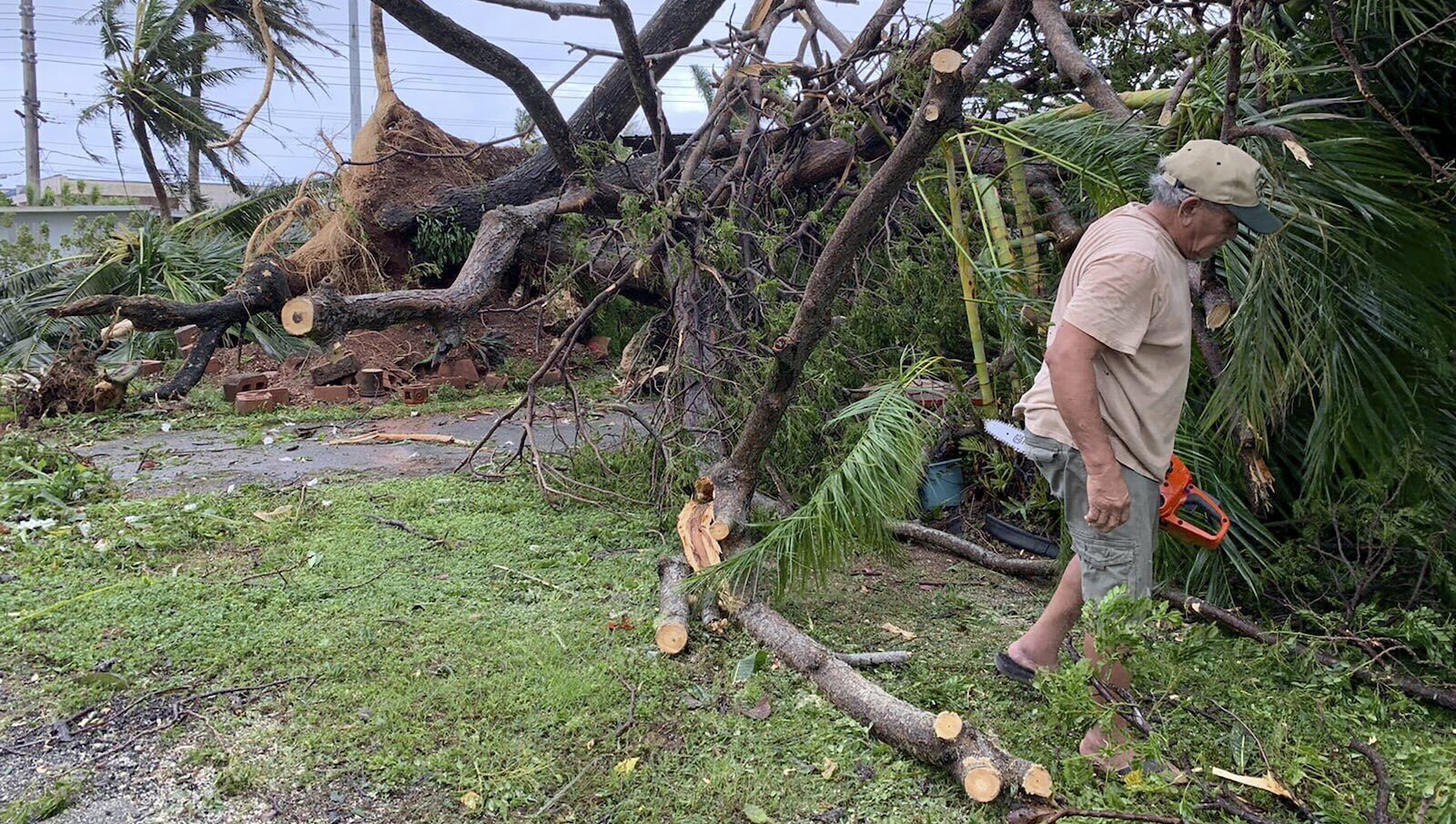A new federal report found that federal agencies frequently fail to collect the same amount of data about U.S. territories that they collect, and maintain, for states, which advocates say has wide implications for climate adaptation and mitigation.
The report, authored by the U.S. Government Accountability Office, or GAO, examined federal data collection in five island territories: Puerto Rico, the U.S. Virgin Islands, the Commonwealth of the Northern Mariana Islands, Guam, and American Samoa. The latter three are home to relatively large communities of Indigenous Pacific Islanders. Guam, American Samoa, and the Virgin Islands are currently on the United Nations’ list of non-self-governing territories, a list of modern colonies whose peoples have not yet achieved self-government. All U.S. territories are experiencing the impacts of warming oceans, more frequent and violent storms, and bleaching coral reefs.
“As the saying goes, if you don’t count, then you don’t count,” said Neil Weare, co-director of Right to Democracy, an advocacy group for residents in U.S. territories. “If folks are serious about environmental justice, they need to be serious about addressing equity issues in U.S territories, particularly when it comes to issues of data collection.”
The GAO report doesn’t specifically mention climate change, but much of the missing data is closely related: demographics, economics, and agriculture. For instance, of all the National Agricultural Statistics Services’ statistical products, only one includes data from the territories. In American Samoa, where subsistence agriculture is becoming increasingly important to address gaps in food security and is also highly susceptible to the impacts of climate change, local officials say the census may undercount farms by relying too heavily on the presence of electric meters.
Some of the barriers to data collection are statutory: Federal legislation often leaves out U.S. territories. But other barriers include limited sample sizes due to relatively small populations; the high cost of collecting data, especially when agencies lack local staff; and technical challenges including a lack of residential postal addresses or postal delivery services on many islands that the Census Bureau normally relies on to mail surveys. The Bureau of Labor Statistics includes Puerto Rico in just four of its 21 statistical products, and it doesn’t include American Samoa or the Commonwealth of the Northern Mariana Islands in any of them. The agency says it excludes Guam, American Samoa, and the Northern Mariana Islands from many of its labor statistics in part because they don’t have local unemployment insurance programs.
On Guam, local officials said they’re often excluded from the federal Social Vulnerability Index, which estimates communities’ susceptibility to natural disasters, and worry that the lack of inclusion leads to underestimates of their need for resources. Guam and the Northern Mariana Islands, which make up the same western Pacific archipelago, are frequently hit with typhoons and are still recovering from Typhoon Mawar and Yutu, the latter of which was the strongest storm in nearly a century to hit the U.S.
The report said that the Biden administration should ensure that the chief statistician at the Office of Management and Budget develop a plan for how to address the data gaps in consultation with the territories. This is encouraging to Neil Weare, who says it puts the onus on the Biden administration to act quickly.
“One of the key takeaways from that report is that the Biden administration can take action on many, if not almost all, of these items without further congressional approval,” Weare said. “So this really does set the stage for the Biden administration to act on these issues.”



